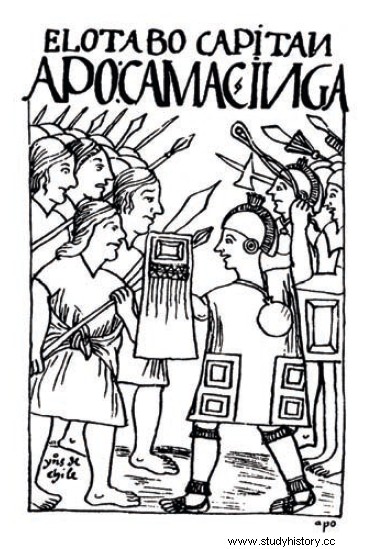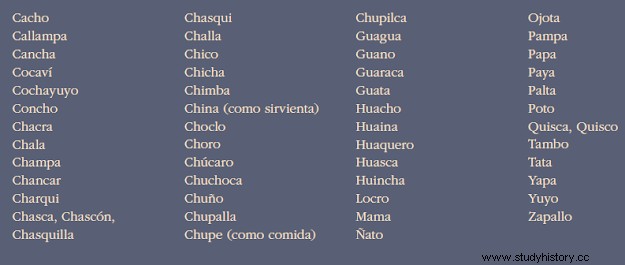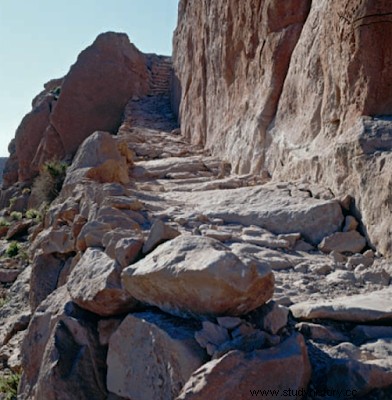 The conquests of the Tawantinsuyo, the name by which the Inca empire is known, were due to the need to protect its capital, Cuzco and, at the same time, incorporate labor to the functions of a kingdom in which a large part of the tributes consisted of personal work. Most of the new annexations were carried out by soldiers recruited from towns already dominated; only the chiefs were from the nuclear Andean zone, or from the surroundings of Cuzco. Their successes are explained by the lower cultural development of the conquered peoples, for whom their defeat, more than a humiliation, meant becoming part of a social, political and economic system very similar to that of their locality, but enormously broader and powerful.
The conquests of the Tawantinsuyo, the name by which the Inca empire is known, were due to the need to protect its capital, Cuzco and, at the same time, incorporate labor to the functions of a kingdom in which a large part of the tributes consisted of personal work. Most of the new annexations were carried out by soldiers recruited from towns already dominated; only the chiefs were from the nuclear Andean zone, or from the surroundings of Cuzco. Their successes are explained by the lower cultural development of the conquered peoples, for whom their defeat, more than a humiliation, meant becoming part of a social, political and economic system very similar to that of their locality, but enormously broader and powerful.The Incas did not have a purpose of iron subjugation nor did they seek to break the ways of life and customs of the subjugated peoples. They were content with the recognition of their sovereign, the establishment of their own chiefs in each place, the payment of tributes and the provision of personal services. In return, they allowed the use of the native language, the permanence of the native chiefs, the religious practices and the customs of each region, configuring a domination against which the subjugated peoples ended up adapting and collaborating.

The Incas dominated Chile in three stages:first, the Norte Grande region , which was the one that meant the least difficulties, since there was a small population and an advanced cultural level; then, the Norte Chico and finally they reached the Maule River. In their advance to the south they encountered difficulties with the Mapuche people, which finally forced the Incas to stop their expansion. In order to consolidate their domain, and using old Andean practices, the Incas built fortresses called pucarás and established colonies of mitimaes. in some valleys. The latter were formed by groups transferred from faithful territories, with the purpose of stifling subversive attempts and directing the natives in the process of adaptation to the cultural conditions imposed by the domination.
In the north, where the Atacameños and Diaguitas already possessed advanced agricultural techniques and an adequate system of possession of the land and the use of water, the innovations caused by the Incas were not significant. However, in the central zone, the existence of canals and ditches at the arrival of the Spanish conquerors reveals what the Inca presence left in the country, which also materialized in contributions in the production of ceramics and metal work.

The Inca Trail, strewn with inns where messengers and travelers could stay and feed, also extended to Chile. Three roads, one coastal, the other inland and the most important, mountain range, linked the country with Cuzco, thus contributing to its integration with the empire. The Inca Trail is the symbol of Tawantinsuyo dominance. This route, a common official language, and local caciques promoted to the category of nobles, contributed to shorten their differences with Cuzco, in addition to unifying them politically and culturally, thus sealing the fate of the Atacameños, Diaguitas, and Mapuche to that of the Inca empire.
